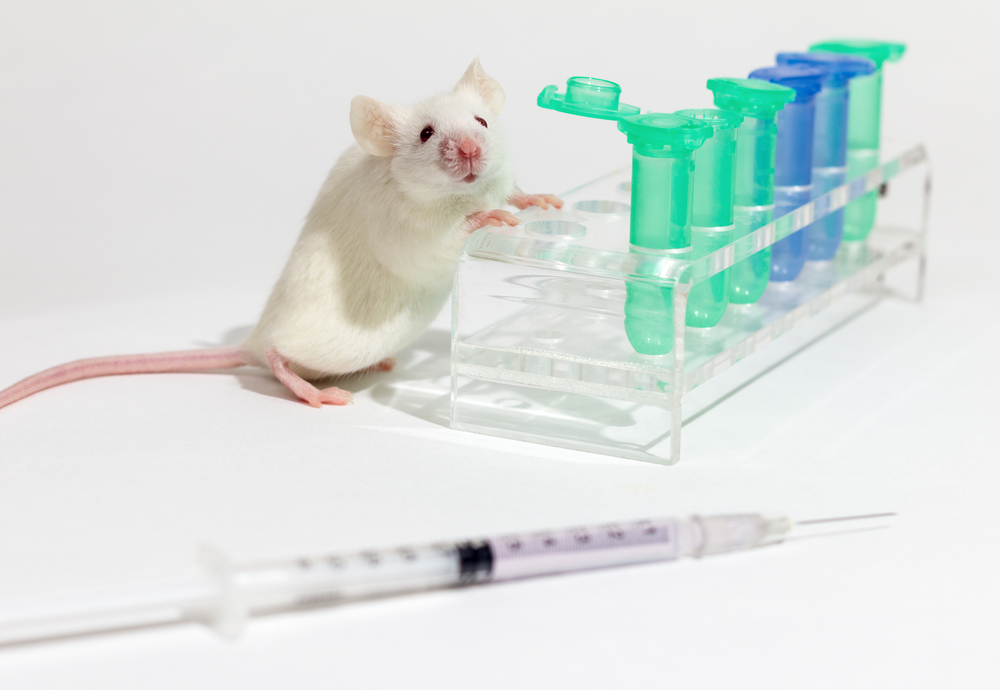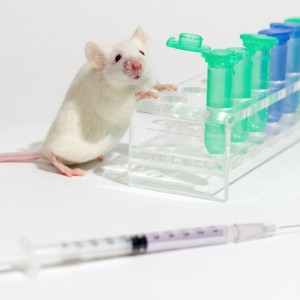Signaling Pathway Shields Healthy Tissue From Damaging Immune Responses
Written by |

 In a new study entitled “Inflammation-Induced IL-6 Functions as a Natural Brake on Macrophages and Limits GN,” researchers discovered a key pathway that protects healthy tissue against an exacerbated and deleterious immune response. The study was published in the Journal of the American Society of Nephrology (JASN).
In a new study entitled “Inflammation-Induced IL-6 Functions as a Natural Brake on Macrophages and Limits GN,” researchers discovered a key pathway that protects healthy tissue against an exacerbated and deleterious immune response. The study was published in the Journal of the American Society of Nephrology (JASN).
Activation of immune responses following infection or cancer-induced inflammation is a key process for our body to clear invading organisms and tumor cells. However, unrestrained activation of immune responses severely impacts the surrounding healthy tissue and can lead to the rise of autoimmune diseases, i.e., diseases characterized by an abnormal immune response against the body itself.
A key factor in immune responses is the protein IL-6 (short for Interleukin-6). Interestingly, however, Il-6 can have both pro- and anti-inflammatory properties. Accordingly, while in murine lupus nephritis, a mouse model to study systemic lupus erythematosus, IL-6 is proinflammatory it has a contrary functions in the nephrotoxic nephritis (NTN) model, a widely studied mouse model of crescentic glomerulonephritis (GN) — a severe renal condition characterized by inflammation of the glomerulus, the filtration unit of the kidney.
Here, the authors studied the underlying mechanisms responsible for the differences observed upon IL-6 treatment. The team focused on the IL-6 signaling pathway that binds two different receptors — while one receptor, the membrane-bound IL-6R, is expressed only in hepatocytes and some white blood cells (this is the classical pathway), such as macrophages, the other receptor, gp130, is ubiquitously expressed (alternative pathway).
The authors observed that blocking the classical IL-6 pathway worsened nephrotoxic nephritis in mice, while blocking the alternative pathway had no deleterious effect. The team performed further studies and observed that mice genetically deficient for Il-6 had higher levels of proinflammatory macrophages during inflammation. Accordingly, when the team administered an anti-IL-6 to mice that had developed nephritogenic immunity, this rapidly worsened their nephrotoxic nephritis phenotype.
To establish the final functional link between proinflammatory macrophages and lack of Il-6, the team observed that macrophages specifically dampened for IL-6 classic signaling triggered their proliferation and accumulation in the kidney.
The results show that IL-6 is a key factor in limiting the proliferation of tissue “deleterious” macrophages with clear implications in the treatment of several inflammatory diseases as noted by Oliver M. Steinmetz, MD (University Hospital Hamburg Eppendorf, in Germany) in a press release. “We believe that the mechanism we have described might be more general in nature and extends to various other immune mediated diseases. Our observations are of great clinical importance since IL-6-directed therapies are increasingly being used or studied to treat various human autoimmune conditions such as rheumatoid arthritis and systemic lupus erythematosus.”




